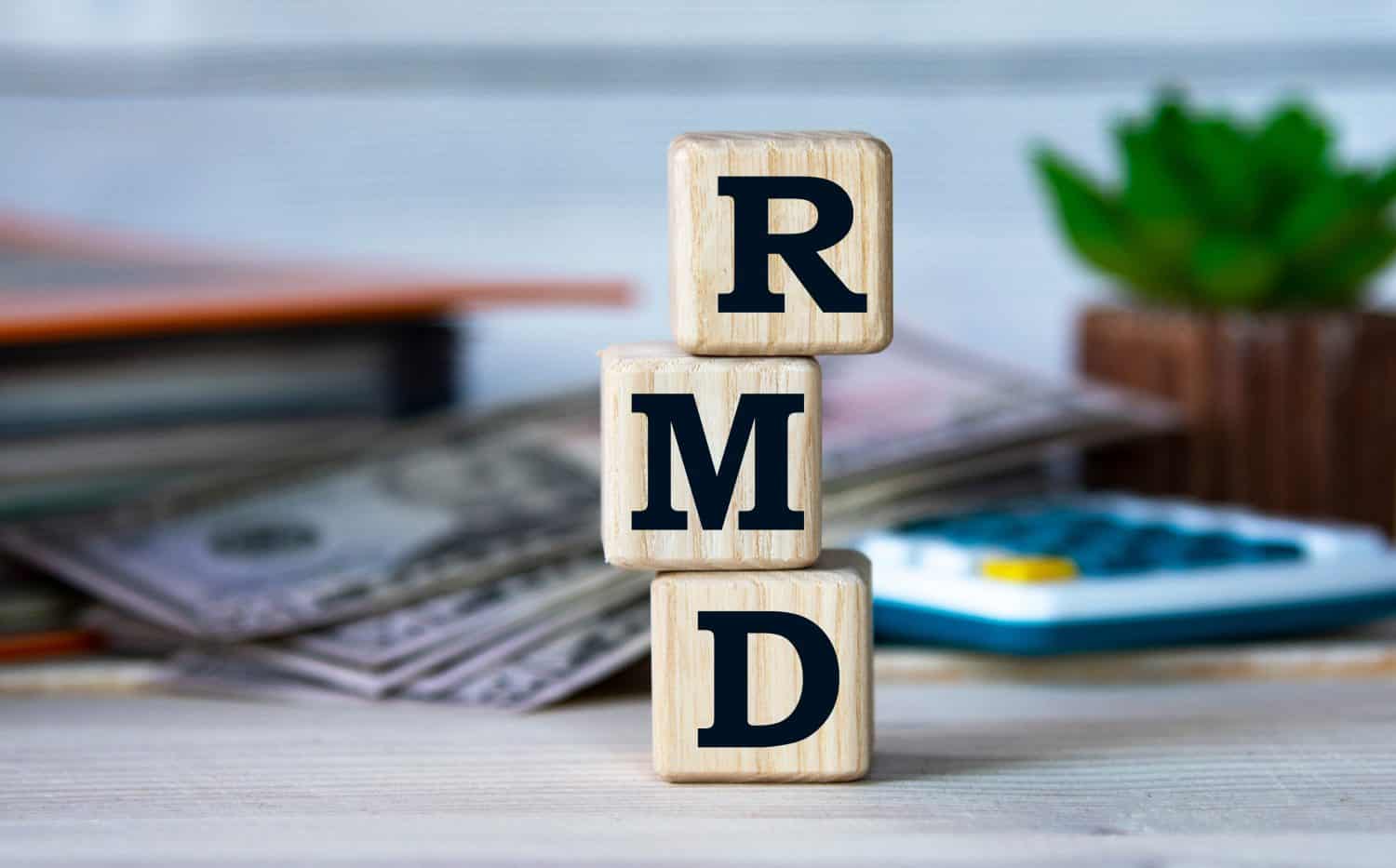Personal Finance
3 Retirement Steps to Take in Your 60s to Avoid Huge RMDs in Your 70s

Published:

The average retired Social Security recipient collects $1,976 monthly, while the average couple receives $3,089. While some retirees have arranged their finances to live on Social Security benefits alone, most Americans need other sources of income. And that’s where RMDs come in.
Required minimum distributions (RMDs) represent the minimum amount of money that must be withdrawn annually from certain retirement accounts.
4 million Americans are set to retire this year. If you want to join them, click here now to see if you’re behind, or ahead. It only takes a minute. (Sponsor)
By making plans in your 60s, you can help minimize your tax burden in your 70s.
A strong financial planner can help you determine which tax-saving strategies are best for your situation.
RMD stands for Required Minimum Distribution, the minimum amount of money that must be withdrawn annually from certain retirement accounts once the account holder reaches a specific age — typically, 73. The requirement applies to:
According to the Internal Revenue Service (IRS), failure to take RMDs as scheduled can lead to stiff penalties. An RMD is the IRS’s way of ensuring taxes are eventually paid on funds saved before taxes are withheld.
While plenty of online calculators are available to help you figure out your required minimum distribution, they’re calculated by dividing your prior year-end account balance by your life expectancy factor. In other words, the amount will be different for each retiree. While there’s not much you can do to change your life expectancy factor, you can manipulate how much money sits in your retirement accounts.
If the funds in your retirement account were tax-deductible when you made them, the full amount you withdraw will be treated as ordinary income for the year it’s withdrawn. If some of the funds in your account were non-deductible when you made them, that money will not be subject to income taxes. And because RMDs are taxable, you want to do everything possible to reduce or avoid taxes before your first minimum distribution is due. Here are three ways that can be accomplished:
According to Vanguard, qualified charitable distributions (QDCs) are not subject to ordinary income taxes. Instead, the amount donated is excluded from your taxable income. Let’s say you were to withdraw the money and donate it as cash. Cash donations have deductibility limits and are generally less advantageous to you than making QCDs. Whether you’re charitably inclined or don’t need your full RMD for everyday living expenses, donating to charity is a great way to reduce your tax burden.
A couple of things to keep in mind about QDCs:
While most retirees must begin taking withdrawals at age 73, there’s no rule saying you can’t do it earlier. Starting at age 59 1/2 allows you to begin withdrawing funds earlier, but without being hit with a 10% penalty. If the idea appeals to you, here are a couple of benefits:
The downside: Taking withdrawals early could mean missing out on potential growth. This is where you’d do well to work with a financial planner. A financial planner can help you decide if your tax savings strategy will save enough money to make up for losing out on growth.
Because contributions to a Roth account are taxed before being invested, Roth accounts are exempt from RMDs. In other words, you could invest the money and leave it to grow. Here’s how a Roth conversion works:
It may make sense to convert if:
Hint: If you decide to convert tax-deferred investment funds to a Roth account, consider paying any taxes due with money from other taxable accounts, like a bank account or CD proceeds. That way, you exchange taxable assets (like money from your bank account) for a tax-free asset.
Your life is likely to look quite different after retirement. One thing that’s unlikely to change is the desire to avoid paying too much in taxes. Taking time in your 60s to plan for eventual RMDs is an ideal way to minimize the amount you owe Uncle Sam in your golden years.
Start by taking a quick retirement quiz from SmartAsset that will match you with up to 3 financial advisors that serve your area and beyond in 5 minutes, or less.
Each advisor has been vetted by SmartAsset and is held to a fiduciary standard to act in your best interests.
Here’s how it works:
1. Answer SmartAsset advisor match quiz
2. Review your pre-screened matches at your leisure. Check out the advisors’ profiles.
3. Speak with advisors at no cost to you. Have an introductory call on the phone or introduction in person and choose whom to work with in the future
Thank you for reading! Have some feedback for us?
Contact the 24/7 Wall St. editorial team.